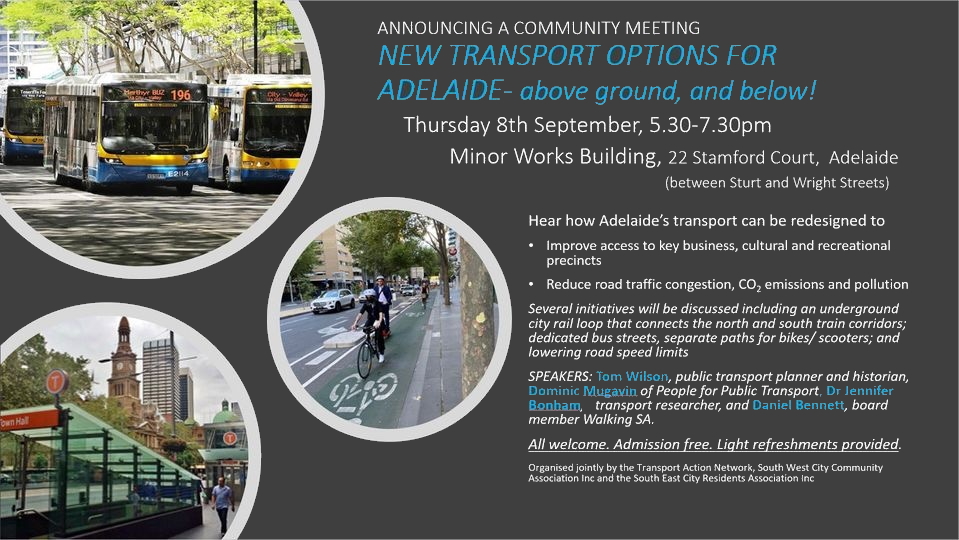Will we follow Belize? The UN just confirmed the Great Barrier Reef is in Danger
What just happened?
The Great Barrier Reef has been World Heritage listed since 1981. This means it’s considered an area of outstanding value to humanity. Covering an area the size of Italy, this iconic area includes some 3,000 separate reefs, over 1,000 islands and a variety of other significant habitats.
The latest UN mission has just reported back, finding the reef’s condition is worsening and recommending it be listed as “in danger”. It also offered practical solutions.
Previous governments have fought to ensure the reef is not listed as in-danger despite their own five-yearly reviews demonstrating an obvious decline. In 2009, the reef’s condition was rated poor and declining. In 2014 it was poor and declining and in 2019, very poor and declining.
So the government knows the reef is in danger. We know, and the tourism industry knows. While some tourism operators worry about their business, the opposite appears to be true: more people go, thinking it might be their last chance to see it. And already, operators are adapting by taking tourists to areas still in good condition.
Federal governments just don’t want the reef on the list because of the hit to their international reputation – and to their domestic standing.
If the reef is officially listed as “in danger” next year, it will draw a much greater focus to the reef’s plight. And that may help galvanise effective national and global action.
Take the case of the famous coral reefs of Belize in Central America. When these reefs were listed, the government banned nearby oil exploration and protected mangroves. Belize’s reefs have now been taken off the in-danger list.
— Jon C Day, the Conversation, “We all know the Great Barrier Reef is in danger – the UN has just confirmed it. Again“


